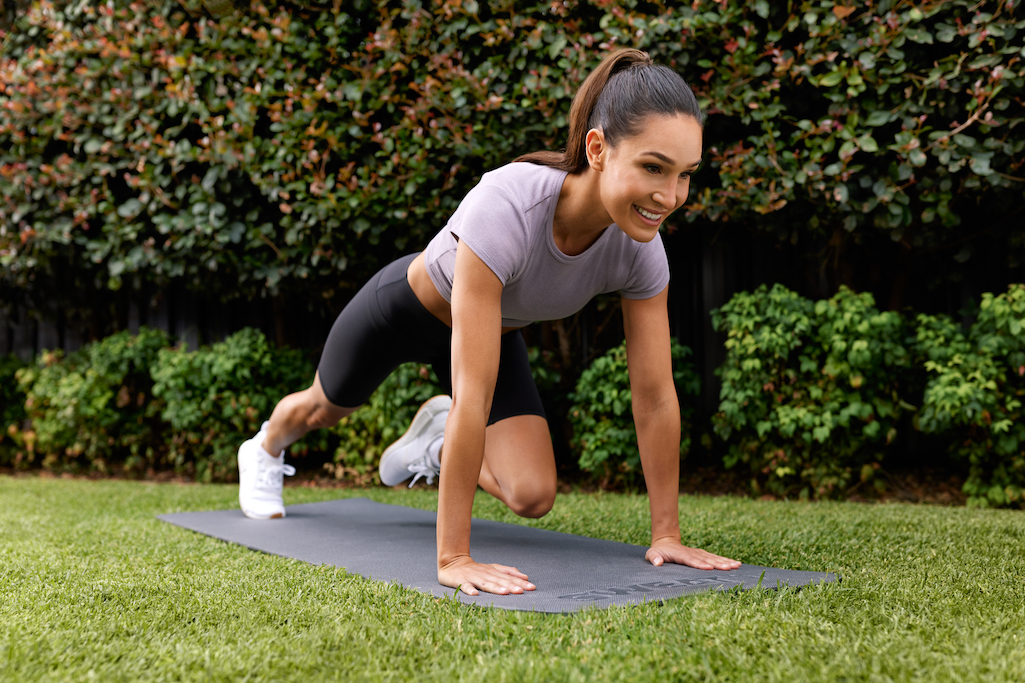Discover how cardio exercise strengthens your heart, boosts stamina, and improves overall health. Learn practical ways to incorporate cardio into your routine.
Key Takeaways:
- Cardio (cardiovascular exercise) strengthens your heart and lungs, making them more efficient at delivering oxygen and nutrients throughout your body.
- Engaging in regular cardio can significantly reduce your risk of chronic diseases like heart disease, stroke, and type 2 diabetes.
- There are many accessible forms of cardio, from brisk walking and running to swimming and cycling, making it easy to find an activity you enjoy.
- Consistency is key: aim for at least 150 minutes of moderate-intensity cardio or 75 minutes of vigorous-intensity cardio per week.
- Listening to your body and gradually increasing intensity will help prevent injuries and build a sustainable cardio routine.
What is Cardio and Why Is It Important?
When we talk about cardio, we’re referring to cardiovascular exercise, often shortened to “aerobics.” It’s any physical activity that raises your heart rate and keeps it elevated for a sustained period. This type of exercise challenges your heart, lungs, and circulatory system, making them stronger and more efficient. Think of your heart as a muscle; just like any other muscle in your body, it benefits from a good workout. Regular cardio helps your heart pump more blood with each beat, delivering vital oxygen and nutrients to every cell in your body more effectively. This increased efficiency translates into better overall health and improved endurance in your daily life. From climbing stairs without getting winded to having more energy throughout the day, the benefits of consistent cardio are tangible.
How Does Cardio Improve Heart Health?
The magic of cardio lies in its ability to adapt and strengthen your cardiovascular system. When you engage in cardio, your heart has to work harder to pump blood. Over time, this consistent effort leads to several beneficial adaptations. Your heart muscle itself becomes stronger and larger, allowing it to pump more blood with each contraction. This is known as an increase in stroke volume. As a result, your resting heart rate often decreases because your more efficient heart doesn’t need to beat as frequently to maintain adequate circulation. Furthermore, cardio helps improve the elasticity of your blood vessels, making them more pliable and less prone to hardening, a condition known as arteriosclerosis. It also plays a crucial role in lowering blood pressure, reducing the strain on your arteries and decreasing the risk of heart attack and stroke. By improving cholesterol levels, specifically by raising high-density lipoprotein (HDL) cholesterol (the “good” cholesterol) and lowering low-density lipoprotein (LDL) cholesterol (the “bad” cholesterol), cardio further safeguards your arterial health.
How Does Cardio Boost Your Stamina?
Beyond a healthier heart, cardio significantly enhances your overall stamina and endurance. When you perform cardio exercises, your body becomes more adept at utilizing oxygen. Your lungs become more efficient at taking in oxygen, and your muscles become better at extracting and using that oxygen to produce energy. This improved oxygen utilization means you can sustain physical activity for longer periods without feeling fatigued. For instance, if you regularly go for brisk walks, you’ll find yourself able to walk further or at a faster pace before needing to rest. This increased stamina isn’t just beneficial for workouts; it translates into better performance in everyday activities, whether it’s playing with your kids, performing household chores, or enjoying a long hike. Your body becomes a more efficient machine, capable of greater output with less effort.
How Does Cardio Help with Weight Management?
Cardio is a powerful tool in the arsenal against excess weight. Because cardio exercises elevate your heart rate and engage large muscle groups, they are excellent for burning calories. The number of calories burned depends on the intensity and duration of your workout, but even moderate cardio can make a significant impact over time. Beyond the immediate calorie burn, regular cardio can also boost your metabolism, meaning your body burns more calories even at rest. This is particularly beneficial when combined with a balanced diet. Furthermore, cardio can help reduce body fat, especially visceral fat, which is the harmful fat that surrounds your organs. By incorporating consistent cardio into your routine, you’re not only shedding pounds but also improving your body composition and reducing your risk of weight-related health issues.
How to Safely Incorporate Cardio into Your Routine?
Starting a cardio routine doesn’t have to be daunting. The key is to begin gradually and listen to your body. For most healthy adults, the American Heart Association recommends at least 150 minutes per week of moderate-intensity cardio or 75 minutes per week of vigorous-intensity cardio. Moderate-intensity activities include brisk walking, swimming, cycling at a moderate pace, or dancing. You should be able to talk but not sing during these activities. Vigorous-intensity activities include running, high-intensity interval training (HIIT), or fast cycling. During vigorous activities, you’ll be breathing hard and won’t be able to say more than a few words.
Before you start any new exercise program, it’s wise to consult with a healthcare professional, especially if you have any underlying health conditions. Once you get the green light, choose activities you enjoy. This increases the likelihood that you’ll stick with it. Start with shorter sessions, perhaps 10-15 minutes, and gradually increase the duration and intensity as your fitness improves. Don’t forget to warm up for 5-10 minutes with light activity before your cardio session and cool down afterwards with some stretching. Staying hydrated is also crucial. Remember, consistency is more important than intensity when you’re starting out. Even short bursts of cardio throughout the day can add up and contribute to significant health benefits. Find what works for you and make cardio a regular, enjoyable part of your life.

